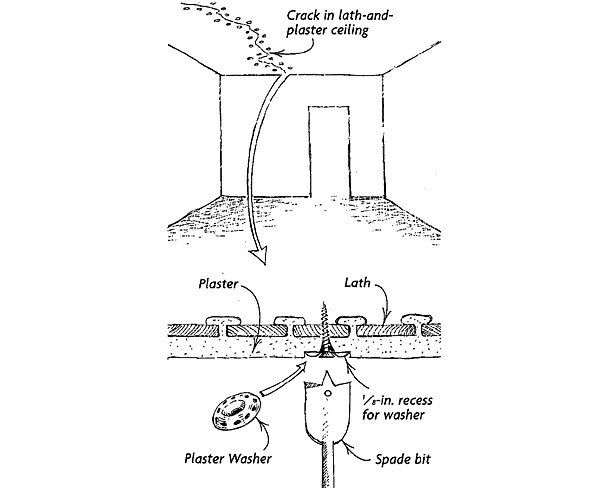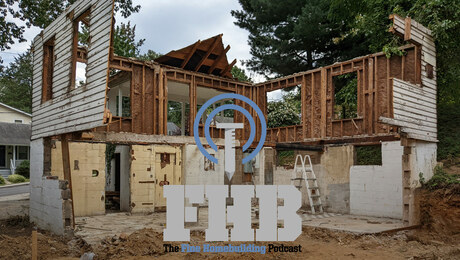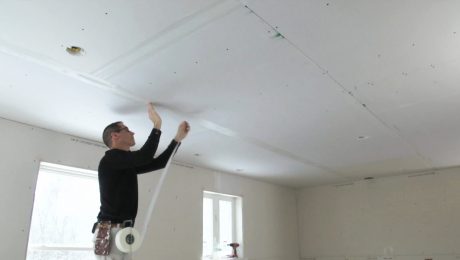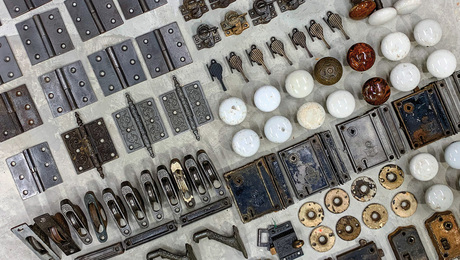
After a big chunk of plaster fell out of the ceiling in our living room, we looked for a way to stabilize what remained. Someone told us about Plaster Washers, which are perforated disks designed to reinforce plaster ceilings that have started to separate from the underlying lath. By running a screw through the washer and into the lath, you pull the plaster tight to the lath. Although the washers are designed to flatten as screws are tightened, they still leave small mounds that must be covered with multiple coats of drywall compound. The bigger the bump, the harder it is to feather out the repair.
As shown in the drawing, the repair is much easier if you use a spade bit to counterbore a shallow recess for the washer — 1/8 in. is plenty. After all the washers have been inserted, the holes are a breeze to fill with setting compound and a 4-in. knife. The washers are available from Charles St. Supply Company (www.charlesstsupply.com).
—Susan Gibson, Middlebury, CT
Edited and illustrated by Charles Miller
From Fine Homebuilding #130






























View Comments
she's right! The plaster buttons don't really dimple like they're supposed to. Even with the clutch set to stop the drill, be careful, you can crack the plaster putting in the buttons, destroy the plaster, and make things worse. Plaster dulls the bits fast and you might find yourself pushing too hard and drilling too deep. Also, to catch the dust I've tried cutting a plastic ball in half, drilling a hole for the bit shank . But, I stick to drop cloths, now. P.S. I know them and buy them as plaster buttons.
Masonry bits work great on plaster. An alternative is to drill holes with a masonry bit through the plaster. Then use a wood bit on the lath and drill all the way through. Plug the hole with durabond or 20 minute mud. If you push hard the mud will push through to the back of the lath and rekey the plaster without having to buy or install washers. Put a hole every 4-6 inches around the hole. Once dry float the whole area with hot mud.